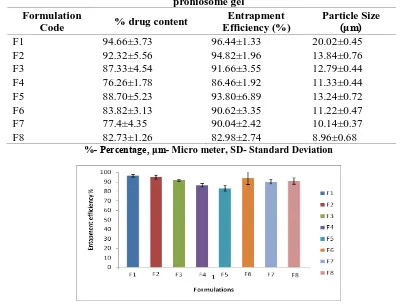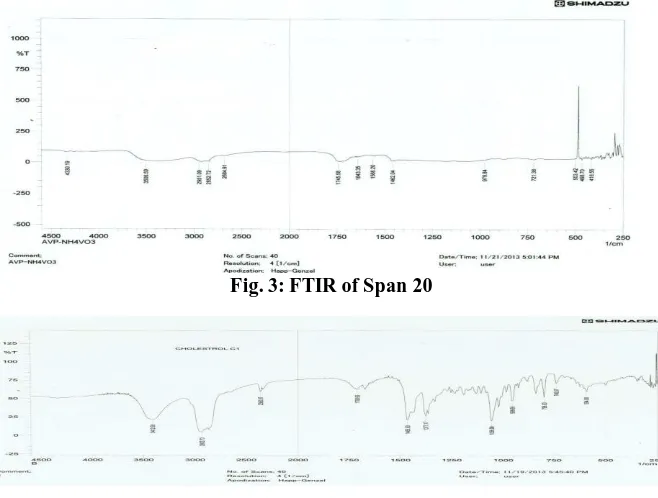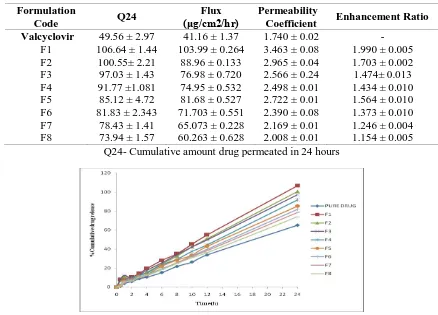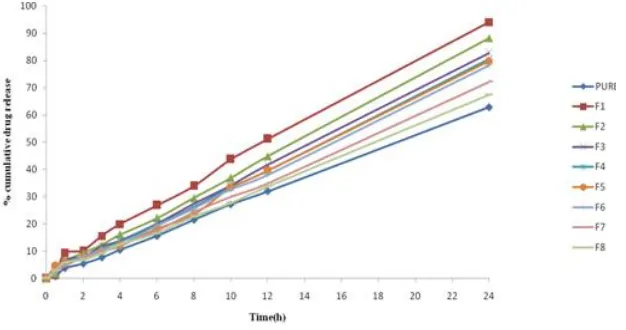FORMULATION AND EVALUATION OF PRONIOSOME BASED DRUG DELIVERY SYSTEM OF VALCYCLOVIR FOR IN-VITRO AND EX-VIVO PERFORMANCE ANALYSIS
Full text
Figure




Related documents
It was decided that with the presence of such significant red flag signs that she should undergo advanced imaging, in this case an MRI, that revealed an underlying malignancy, which
Analysis of the partial E1 gene sequences of 19 represen- tative strains of each genotype of CHIKV published in GenBank, including sequences of three representative strains of
For ASC (Figures 5 A and D), the 5 ′ UTR RNA and LPS co-stimulation group showed significantly decreased ASC mRNA expression but increased protein expres- sion of ASC when
Four broad themes, capturing the key ethical concerns associated with molecular epidemiology were inductively derived from the data: (i) Consent, (ii) risk and benefits, (iii)
APC: Adenomatous polyposis coli; β 2M: β -2 microglobulin; CA: Cholic acid; CDCA: Chenodeoxycholic acid; COX: Cyclooxygenase; CTCAE: Common toxicity criteria for adverse events;
With this score, reliable portions of a neuron reconstruction generated by some existing neuron tracing algorithms are identified, without human intervention, as training exemplars
The successful development of Kuxun, from a train ticket search engine to a comprehensive brand of consumer information search in the domestic market, and eventually the leader
Figure 3 Phylogenetic analysis of rabbit hemorrhagic disease virus (RHDV) isolates and RHDV2 isolates identified in Italian hares and rabbits.. For the phylogenetic analysis of the